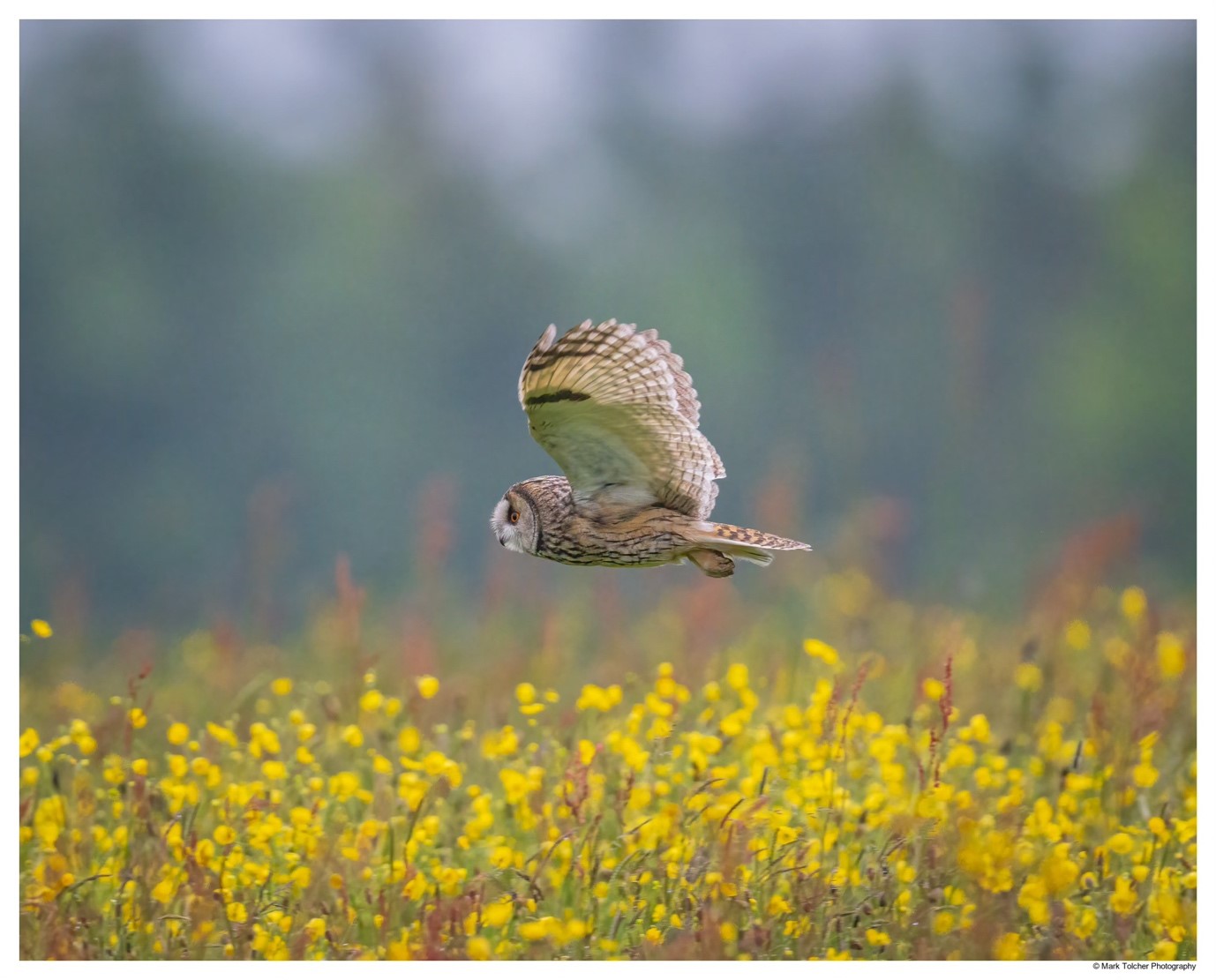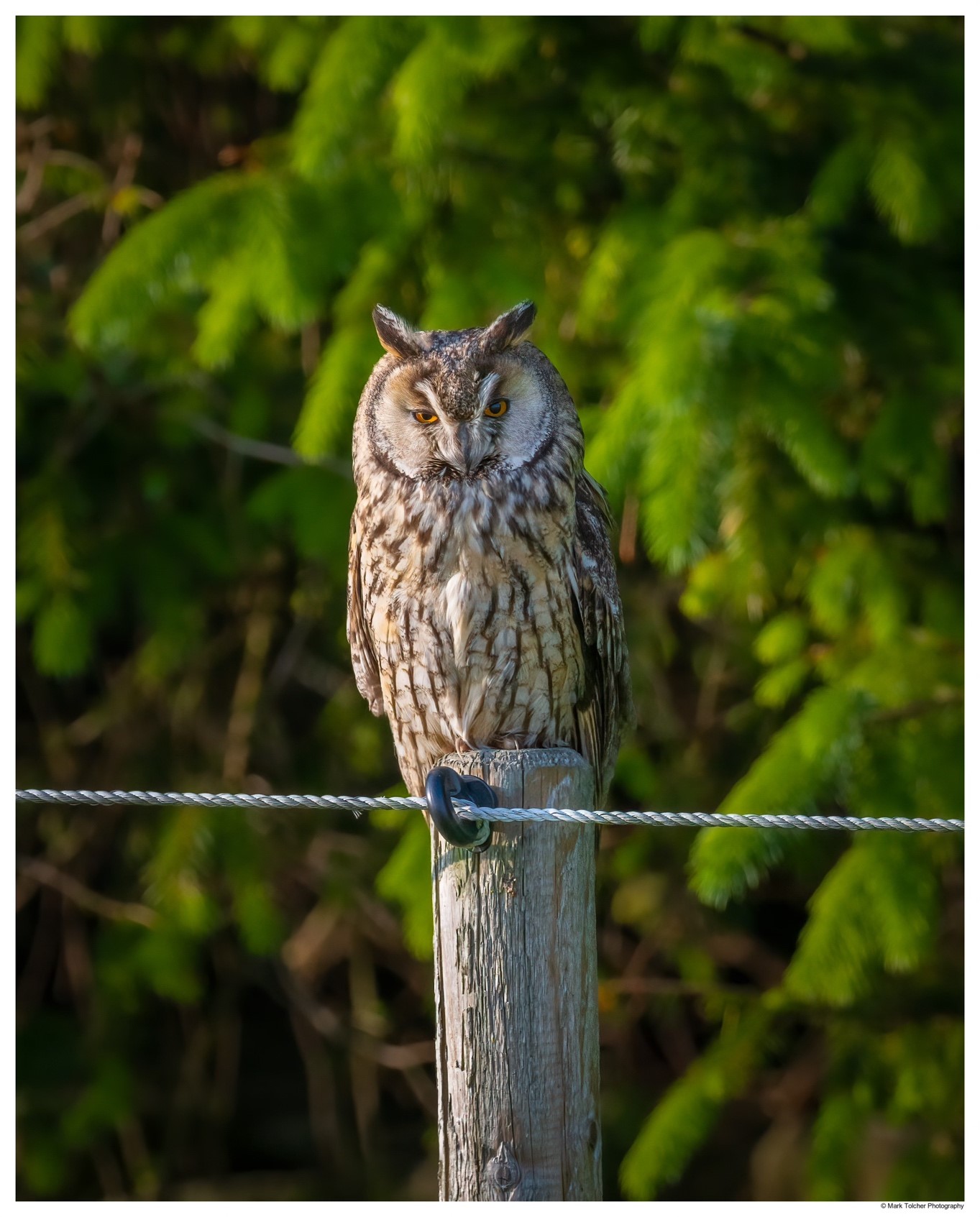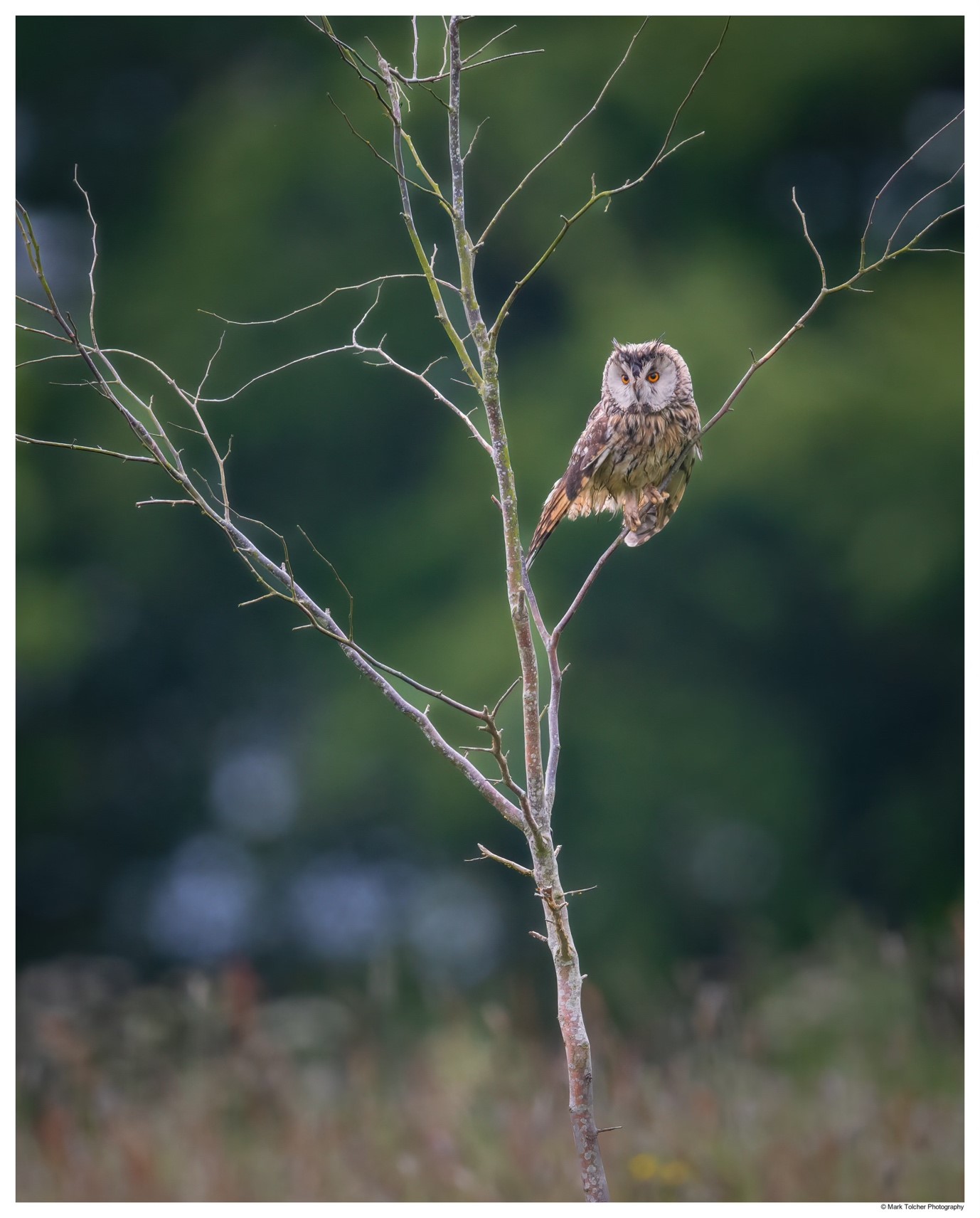Created by Dave Tolcher regular visitor to Valley View, local photographer and owl enthusiast.
There are a few species of wildlife that really capture the heart and mind and we all have our favourites most typically taken from the world of mammals. Long before the Harry Potter phenomena propelled Owls up the ‘A’ list of wild life celebrities they have been one of the non mammal species that have the capacity to fit in that space. For those of us fortunate to live or visit the countryside, there cannot be many who have not heard the call of the Tawny Owl on a warm still Summer night or been terrified by the screech of the Barn Owl on a country lane.
Owls are surprisingly common in England but seldom seen. We have five resident species in the Barn, Tawny, Little, Short Eared and Long Eared Owl. A few rare and strange visitors or escapees occasionally make the headlines. In North Yorkshire all the species are well represented with the very secretive Long Eared being the hardest to find. Around Whitby there are good resident populations of Little, Barn and Tawny Owl. Short Eared are less common and we have both breeding resident and migrant populations on the Moors. They are a Winter visitor in the main.
The area around Valley View is well served by owls with resident Barn and Tawny owls regularly seen or heard.
Barn Owls
Barn Owls are perhaps the commonest observed owls. There has been a huge interest in them and many land owners now put up boxes such that they are a common sight around Whitby. The Barn Owl can be seen daylight flying on Winter afternoons and quite regularly in daylight in early Summer when hungry chicks need feeding. They are highly dependent on un mown and un grazed long grass meadow for the voles they need so can frequently be seen on road side verges. In fact, road death is one of the commonest sad ends for the Barn Owl. A vole every 5 minutes is not unusual if you sit and watch at a nest sight at the peak times. They often have short flight late afternoon to do their ablutions which in the case of owls is to ‘sick’ up a huge pellet of fur, feather and small bones! It is quite a thing to witness.
The male and female are quite easily distinguished by the spots on the white chest and underwing. Females are spotty, males are not. There are differences in head shape and size too but by far the easiest is to look for spots !

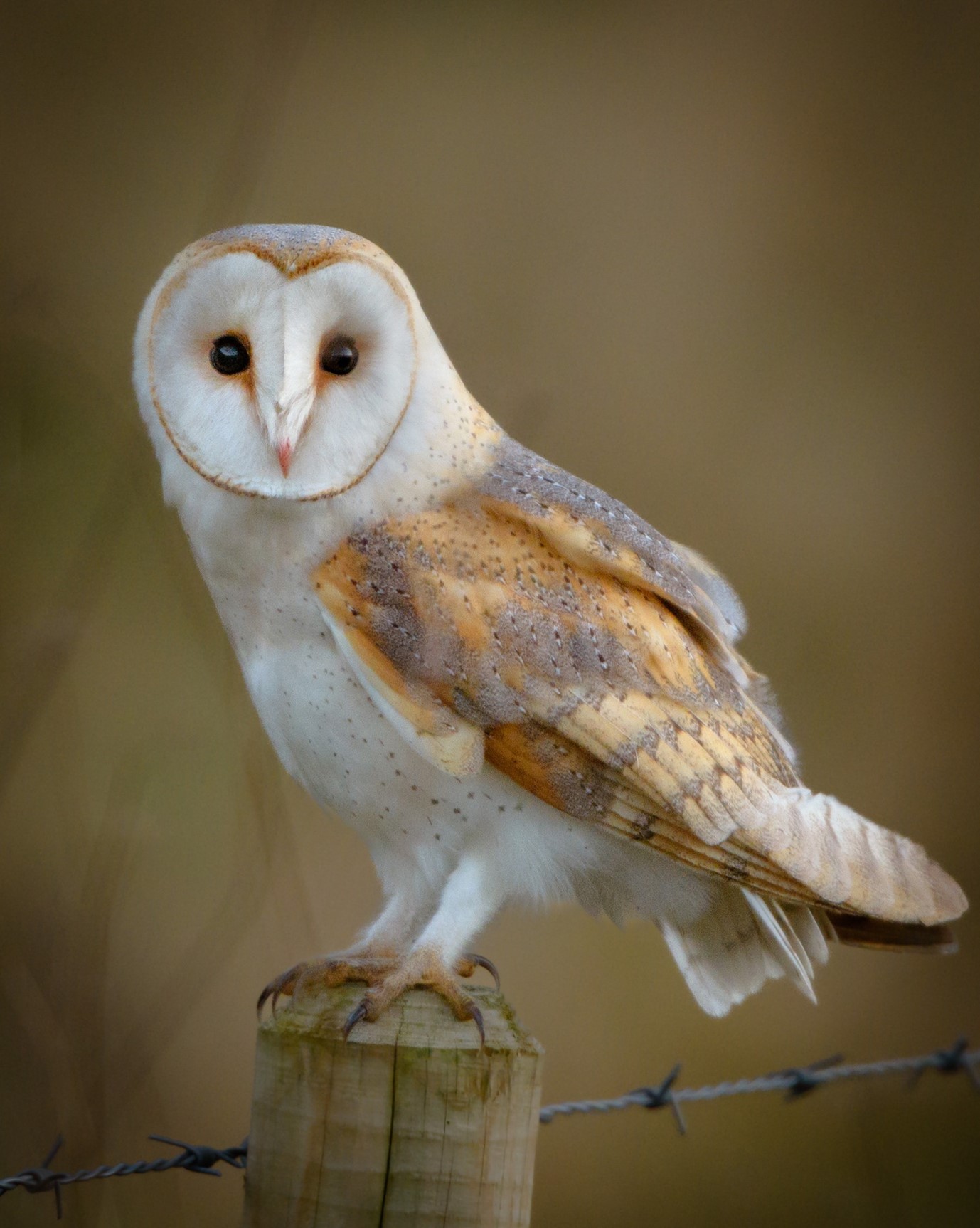
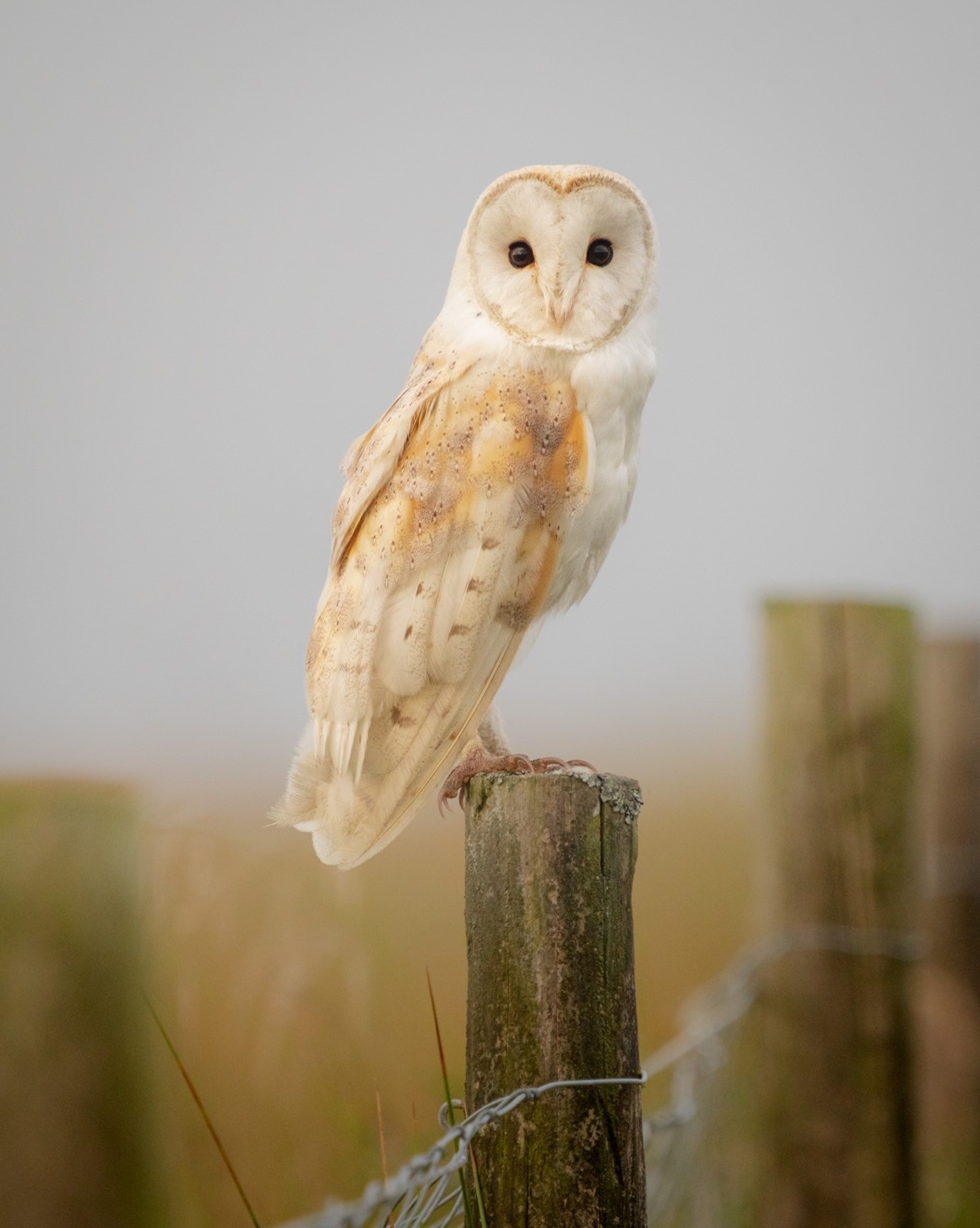
As our commonest Owl, if you do not see them it probably means that they are well fed and do not need to hunt in daylight, as their survival becomes more marginal they have to extend the hunting into daylight. They cannot hunt in the rain, it makes the feathers noisy and they cannot catch prey.
These owls are regularly seen around Golden Grove and several are resident in the farms towards Ruswarp.
Short Eared Owls
These beautiful birds are the only fully daytime flying and hunting owl in UK. They are a large bird and a joy to watch on the open Moor which is their habitat of choice. Historically they have come into conflict with land management of the moorland but there appears to be more tolerance and numbers of resident pairs are increasing and they can be seen more regularly. Having said that you are still more likely to see a Winter migrant near the coasts than a resident breeding bird. The moors around Whitby do have breeding pairs so a Summer evening spent tracking a hunting bird down is well spent.
One issue for the Short Eared Owl is that they are a ground nesting bird and in areas where ground nesting birds are in general decline due to increase in apex predators then they suffer the same fate.
As with the Barn Owl the main prey is the hapless vole population although they are not averse to taking chicks, other small mammals and song birds. They will fly in quite adverse weather conditions but will spend a lot of time down in the long grass or heather if it is very windy or particularly inclement. They have a distinctive call and will tell you off quite loudly if you inadvertently stray too close to a nest or roost site.
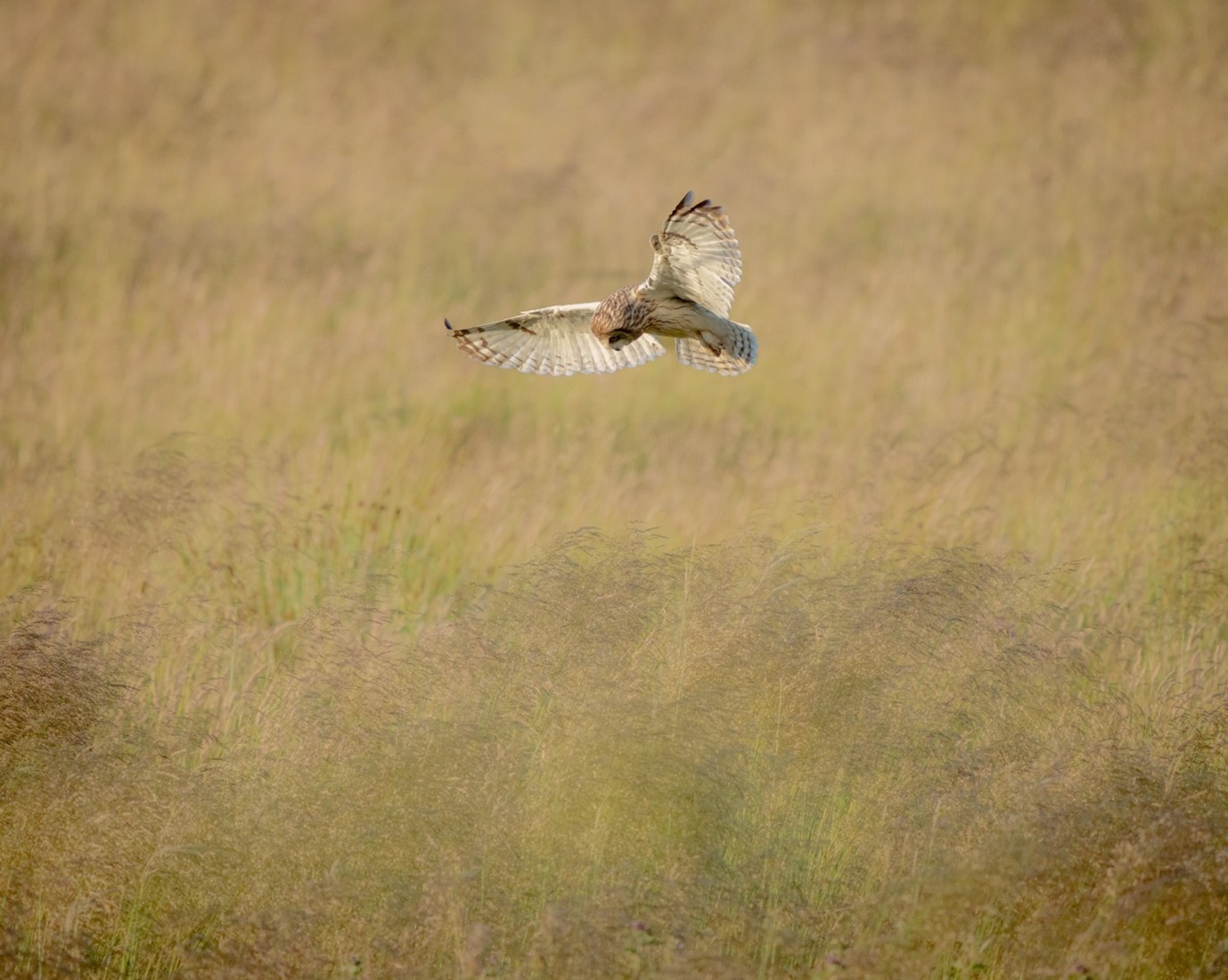
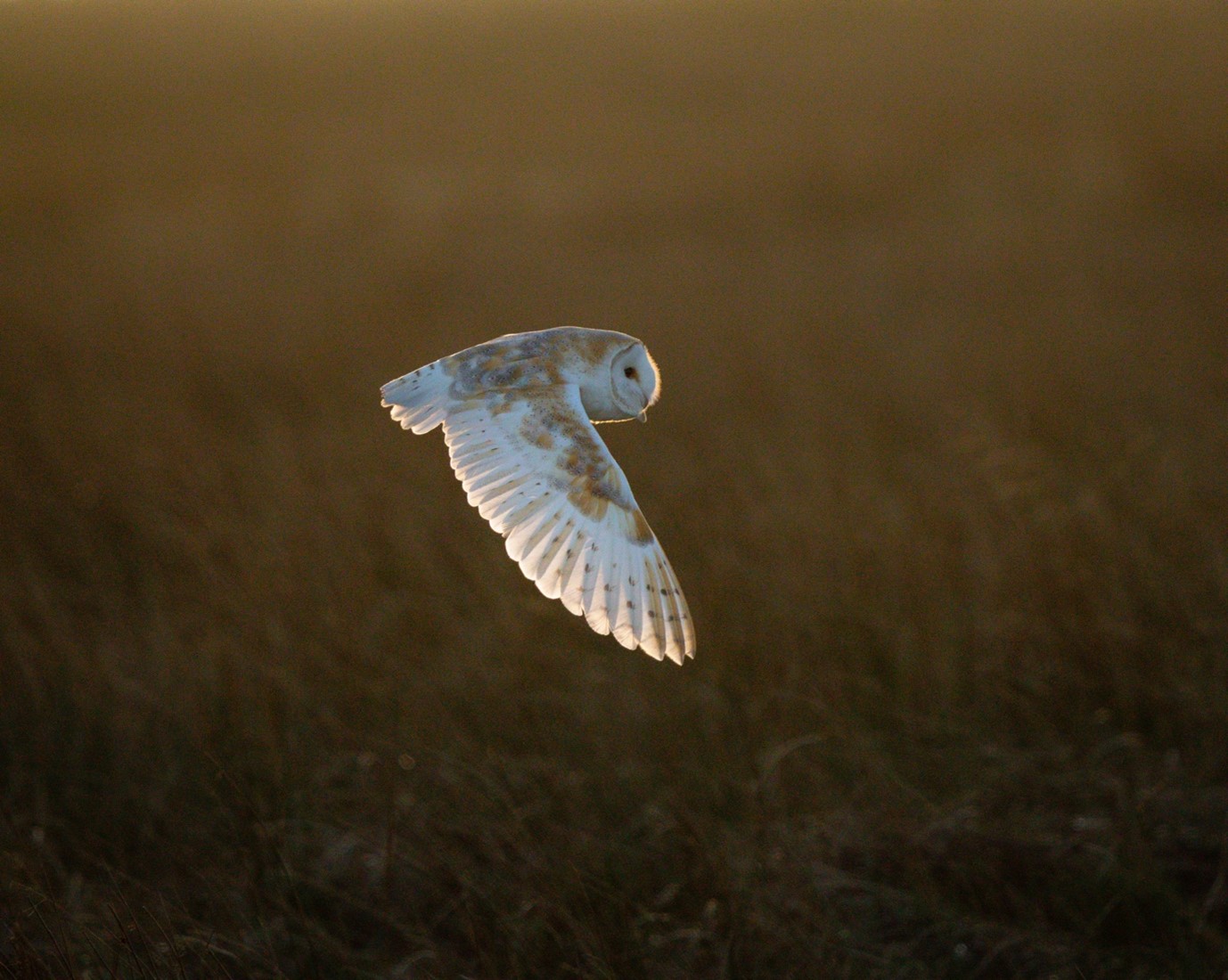
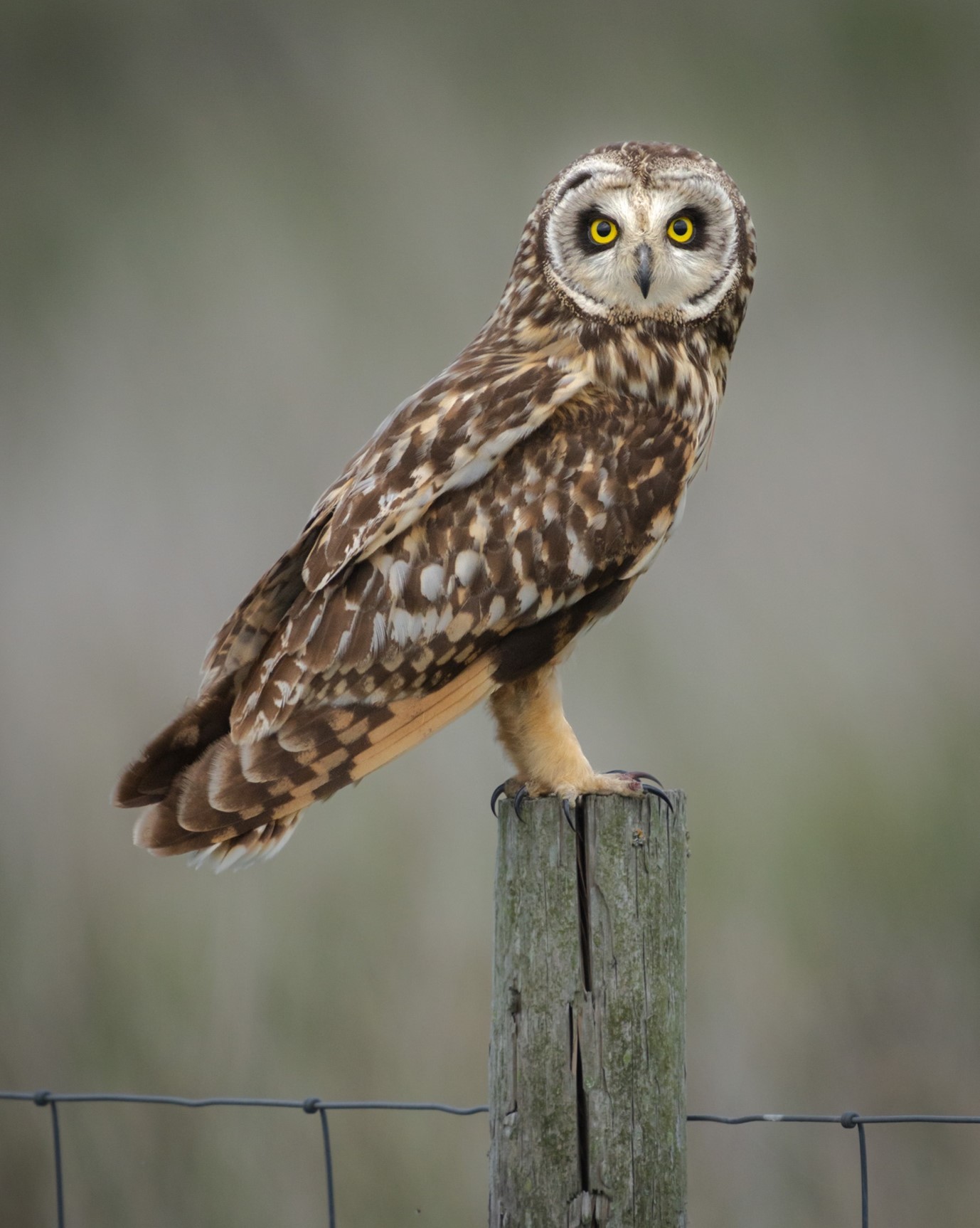
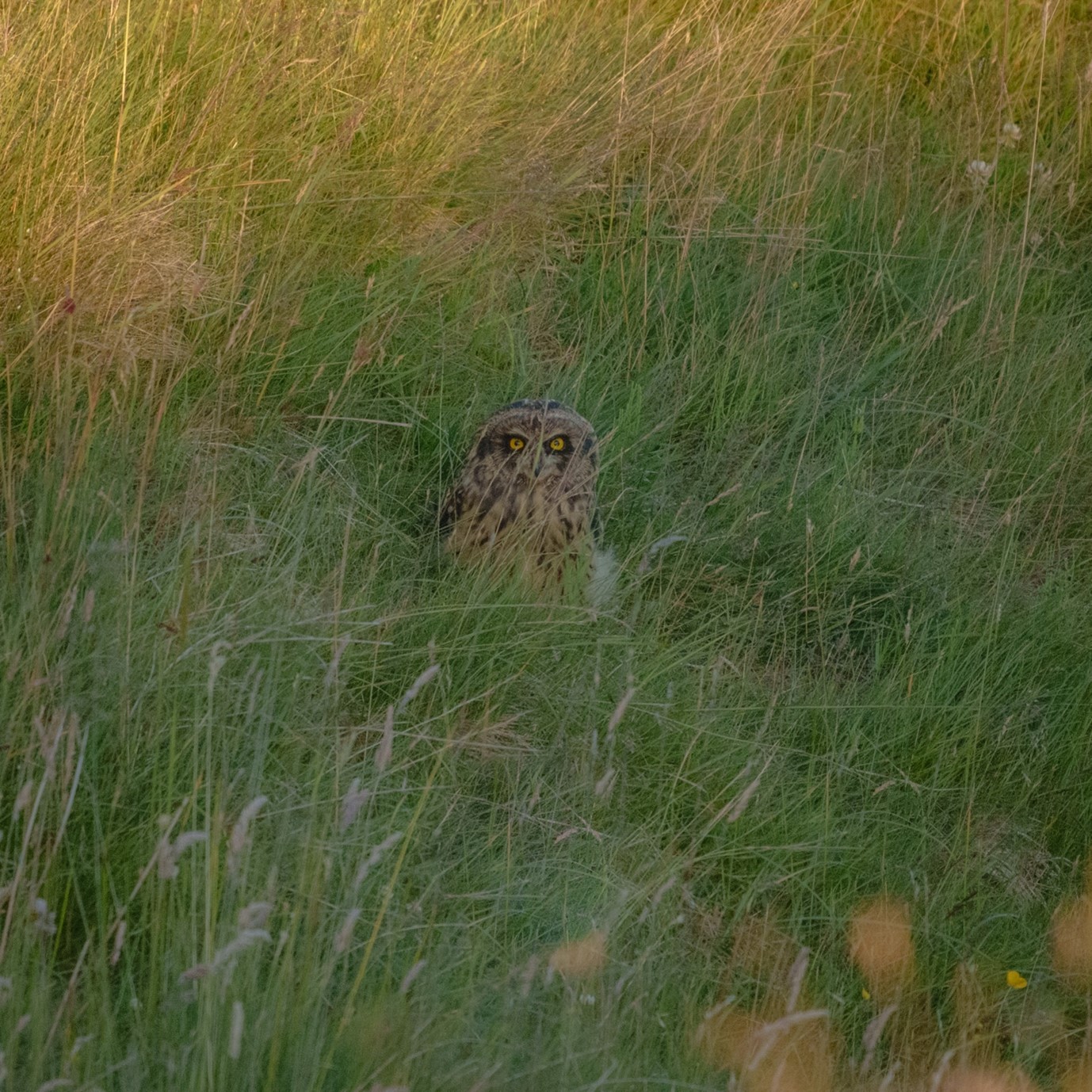
Little Owls
The Little Owl reminds me of the owls on the Clangers (showing my age now). They have some fantastic habits and can be real clowns bobbing upping and down. They are owls of agricultural landscape and nest in both low walls and in tree hollows. Boxes are available for them to nest in and can be in the ground and in a tree. They are day flying, largely ground feeding on invertebrates and worms. It is not unusual to see a Little Owl with muddy feet!
As the name suggest they are quite a small bird typically around the size of a Thrush or Blackbird. Often found on farms but in the area around Whitby they live on the margins of the moorland. There is a well known pair that can be seen on the road signs and streetlights, even in a pub car park on the main Guisborough road out of Whitby. Most typically you will find them in and around dry stone walls where they blend in so well as to almost become invisible.
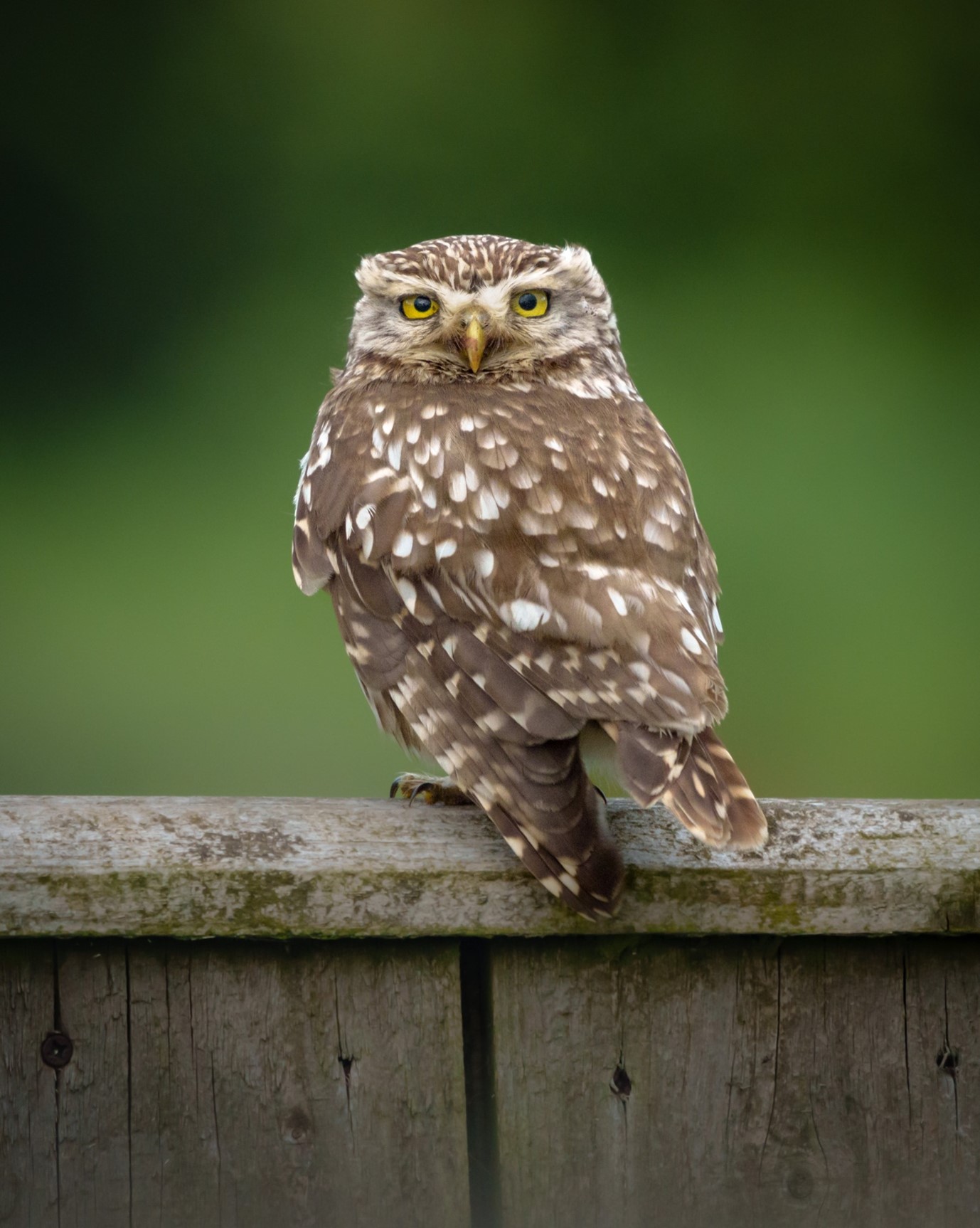

Tawny Owl
The iconic ‘twit twoo’ owl (or pair as it is a male and female calling each other) are very common in the Whitby area. They can be found in surprisingly urban environments just needing the presence of large trees to roost. For the most part they are totally nocturnal hunters except in the breeding season. They look a bit like a fluffy office bin roosting against a tree trunk and are often seemingly oblivious to what is around them and give wonderful intimate encounters without disturbance.
The Tawny is a voracious hunter and along with the Long Eared Owl often give their presence away by the cacophony of song birds that alarm call in great numbers when they are awake. Blackbirds are especially good sentry birds in this respect and if you do hear a number of them upset it may be a Tawny and not the usual cat or fox suspect. They take surprisingly large birds, small mammals and rabbits.
In the nesting season the pair are defensive of the nest site and have been known to swoop on unsuspecting humans who stray too close. This is another good time to see them once you have identified a copse or tree that has a resident pair as they become a little less nocturnal. Unlike other owls the chicks come out of the nest when still without flight feathers to ‘branch’ as it is called. They are agile and adept gymnasts using strong claws to move significant heights and distances away from the nest site. Sometimes unknowing people find a flightless chick on the ground and think it must have fallen from a nest and rescue them but they should be left as this is quite normal behaviour.
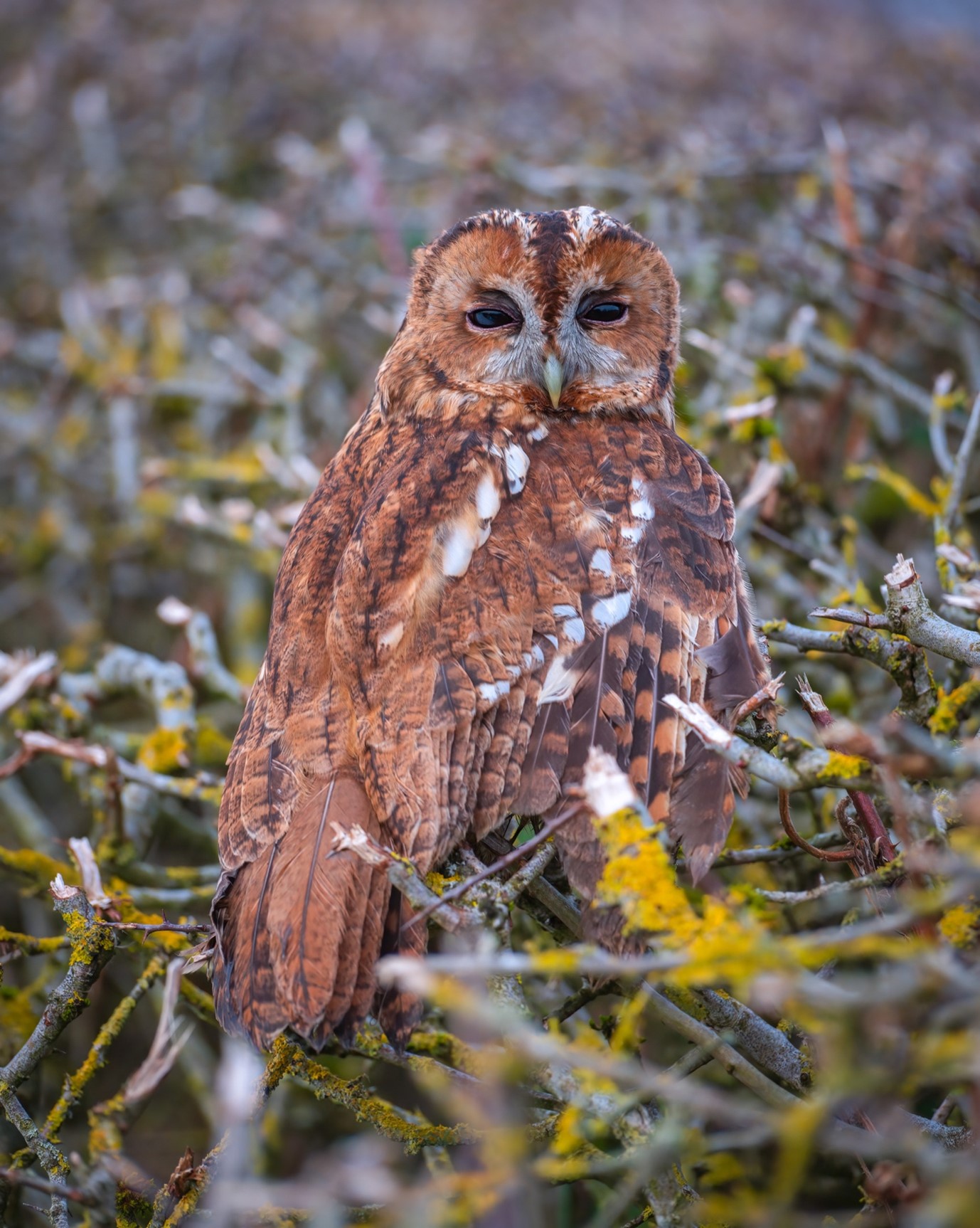
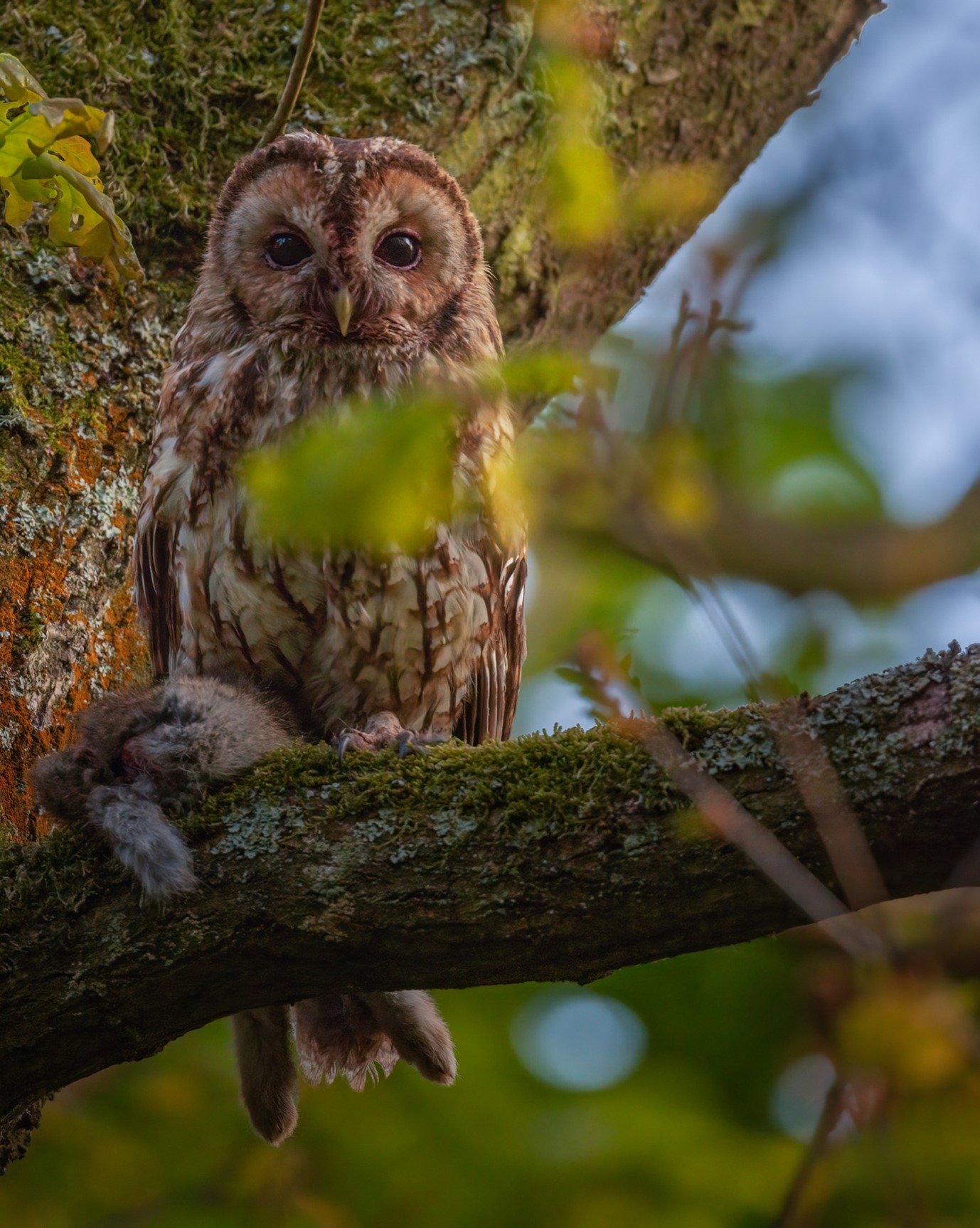
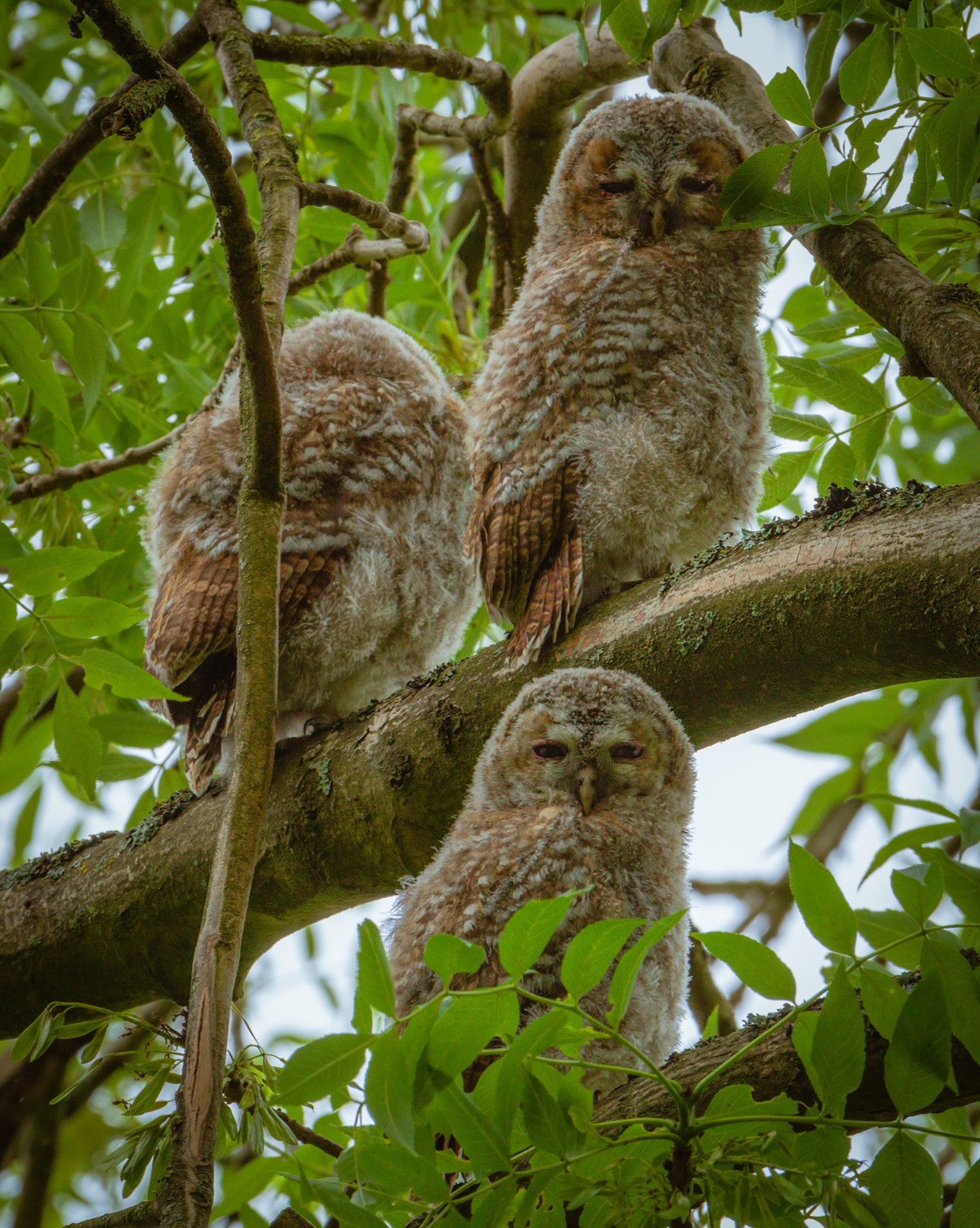
Long Eared Owl
I have only had brief and fleeting encounters with the Long Eared Owl (or LEO as it is commonly known) which I will hopefully rectify over the coming months. They are deeply secretive birds only really being found during the breeding season. They roost in deep thickets of mainly pine and often in large groups resulting from migration. Parts of West Yorkshire and Northumberland are well known for good populations, less so on the Yorkshire Moors. Personally, I think they are the most exotic of our native owls and perhaps the most beautiful.
Like the Tawny, they are voracious hunters and cause mayhem among the songbird population when in flight. If you do come across a roosting bird, also like the Tawny they can be surprisingly ignorant of what is happening around them adopting a stoic guardsman like posture allowing some great views. Trying to get them to raise the head feathers that give them their name or open the most beautiful eyes is another matter. They are unusual for owls in that they prefer open nests rather than hollows or burrows. Baskets are used to provide a nest site rather than boxes with some success.
I am pretty sure some of the copses on the moor will hold LEOs but I am yet to stumble across them. When I do I will probably find 10!
Photos of the LEO kindly provided by my son (Mark) who spent some time in West Yorkshire in Spring 2022 observing and photographing several pairs.
